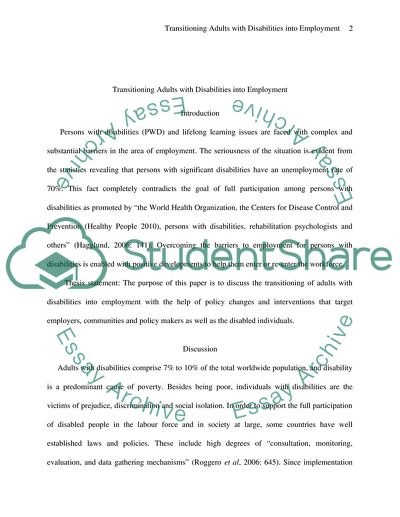Cite this document
(Vocational Rehabilitation with Mental Disabilities Term Paper, n.d.)
Vocational Rehabilitation with Mental Disabilities Term Paper. Retrieved from https://studentshare.org/health-sciences-medicine/1719851-transitioning-adults-with-disabiities-into-employment
Vocational Rehabilitation with Mental Disabilities Term Paper. Retrieved from https://studentshare.org/health-sciences-medicine/1719851-transitioning-adults-with-disabiities-into-employment
(Vocational Rehabilitation With Mental Disabilities Term Paper)
Vocational Rehabilitation With Mental Disabilities Term Paper. https://studentshare.org/health-sciences-medicine/1719851-transitioning-adults-with-disabiities-into-employment.
Vocational Rehabilitation With Mental Disabilities Term Paper. https://studentshare.org/health-sciences-medicine/1719851-transitioning-adults-with-disabiities-into-employment.
“Vocational Rehabilitation With Mental Disabilities Term Paper”, n.d. https://studentshare.org/health-sciences-medicine/1719851-transitioning-adults-with-disabiities-into-employment.


